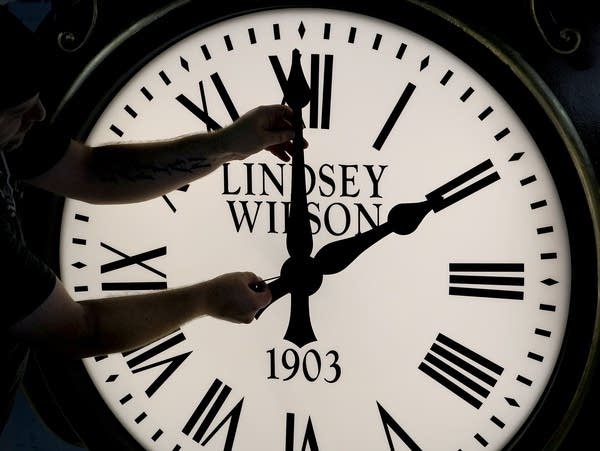Plan now to ease disruptions with the end of daylight saving time

Dan LaMoore adjusts the hands on a Seth Thomas Post Clock at Electric Time Company on Friday, Oct. 23, 2020, in Medfield, Mass. Daylight saving time ends at 2 a.m. local time Sunday, Nov. 5, 2023, when clocks are set back one hour.
Elise Amendola | AP 2020
Go Deeper.
Create an account or log in to save stories.
Like this?
Thanks for liking this story! We have added it to a list of your favorite stories.


